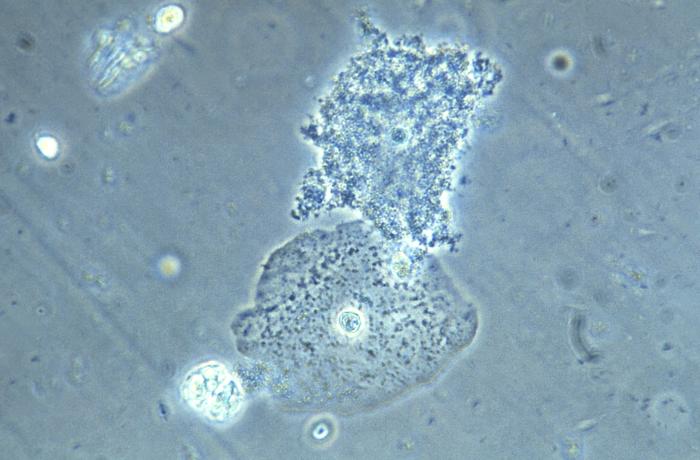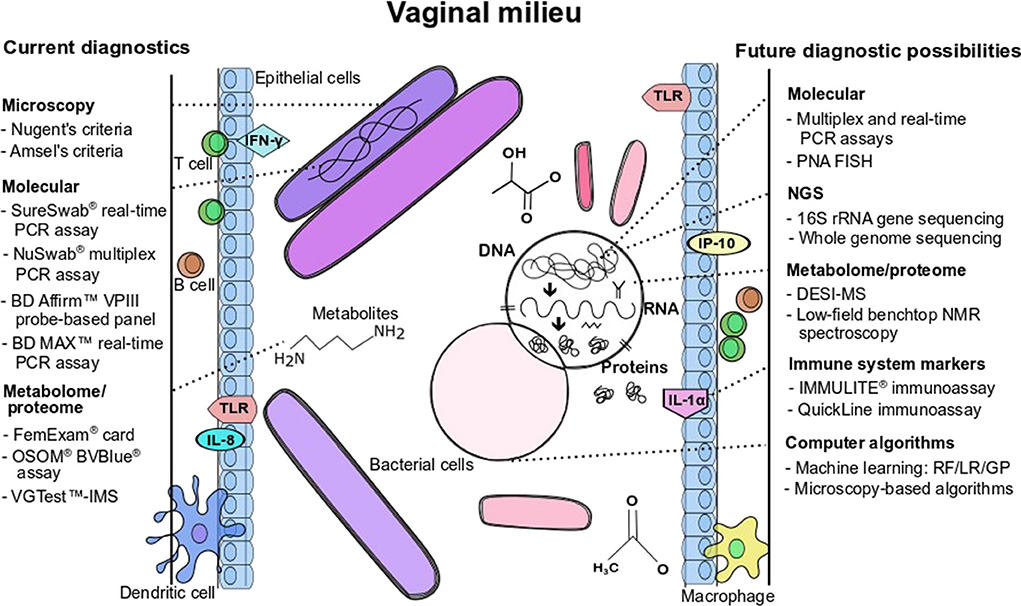Bacterial vaginosis, often abbreviated as BV, is a common vaginal condition that affects individuals of reproductive age. It occurs when there is an imbalance in the natural bacteria found in the vagina. While it is not considered a sexually transmitted infection, it can increase the risk of acquiring other infections. Understanding bacterial vaginosis is crucial for maintaining reproductive health and preventing complications.

What is Bacterial Vaginosis?
Bacterial vaginosis is a condition caused by an overgrowth of certain bacteria in the vagina. Normally, the vagina contains a balance of both good and harmful bacteria. When this balance is disrupted, harmful bacteria can multiply, leading to bacterial vaginosis. This condition is more common than many people realize, affecting millions of women worldwide every year.
The Role of Vaginal Flora
The vagina naturally contains a variety of bacteria, with lactobacilli being the most prominent. Lactobacilli help maintain a slightly acidic environment, which prevents the overgrowth of harmful bacteria. When the levels of lactobacilli decrease, other bacteria can thrive, resulting in bacterial vaginosis.
Causes of Bacterial Vaginosis
While the exact cause of bacterial vaginosis remains unclear, several factors are known to contribute to its development. These include:
- Disruption of Vaginal Bacteria Balance: Anything that disrupts the natural balance of bacteria in the vagina can lead to bacterial vaginosis. This includes douching, which washes away both good and harmful bacteria.
- Sexual Activity: Although bacterial vaginosis is not classified as a sexually transmitted infection, having multiple sexual partners or a new sexual partner can increase the risk. The introduction of new bacteria during sexual activity may upset the vaginal flora.
- Lack of Lactobacilli Bacteria: Some individuals naturally have lower levels of lactobacilli, making them more susceptible to bacterial vaginosis.
- Hormonal Changes: Hormonal fluctuations, such as those that occur during pregnancy or menopause, can also affect the balance of bacteria in the vagina.
Symptoms of Bacterial Vaginosis
Many individuals with bacterial vaginosis do not experience any symptoms. However, when symptoms do occur, they may include:
- Unusual Vaginal Discharge: The discharge is often thin and grayish-white in color. It may also have a distinct fishy odor, which is more noticeable after sexual intercourse.
- Vaginal Odor: A strong, unpleasant smell is one of the hallmark signs of bacterial vaginosis.
- Burning Sensation: Some individuals may experience a burning sensation during urination.
- Vaginal Itching: Itching or irritation around the vaginal area can also occur.
It is important to note that these symptoms can overlap with other vaginal infections, such as yeast infections or trichomoniasis. Therefore, proper diagnosis is essential.
Diagnosis of Bacterial Vaginosis
Diagnosing bacterial vaginosis typically involves a physical examination and laboratory tests. Healthcare providers use the following methods to confirm the presence of bacterial vaginosis:
Physical Examination
During a physical examination, a healthcare provider will assess the appearance of the vaginal discharge and check for any signs of irritation or inflammation. They may also inquire about symptoms such as odor or discomfort.
Laboratory Tests
To confirm bacterial vaginosis, healthcare providers often perform laboratory tests, including:
- Vaginal pH Test: The vagina normally has a pH level between 3.8 and 4.5. In cases of bacterial vaginosis, the pH level is often higher than 4.5.
- Whiff Test: A small amount of potassium hydroxide is added to a sample of vaginal discharge. If a fishy odor is released, it indicates the presence of bacterial vaginosis.
- Microscopic Examination: A sample of vaginal discharge is examined under a microscope to identify the presence of “clue cells,” which are vaginal cells covered with bacteria. The presence of clue cells is a key indicator of bacterial vaginosis.
Treatment Options for Bacterial Vaginosis
Bacterial vaginosis can be treated effectively with medication. The goal of treatment is to restore the natural balance of bacteria in the vagina and alleviate symptoms. Treatment options include:
Antibiotics
Antibiotics are the primary treatment for bacterial vaginosis. Commonly prescribed antibiotics include:
- Metronidazole: This medication is available in oral form or as a topical gel. It is highly effective in treating bacterial vaginosis but should not be consumed with alcohol, as it can cause severe side effects.
- Clindamycin: Clindamycin is available as a cream or oral medication. It works by stopping the growth of harmful bacteria in the vagina.
- Tinidazole: Similar to metronidazole, tinidazole is taken orally and is effective in treating bacterial vaginosis.
Probiotics
In addition to antibiotics, some healthcare providers recommend the use of probiotics to restore the balance of good bacteria in the vagina. Probiotics can be taken orally or applied topically and may help prevent the recurrence of bacterial vaginosis.
Home Remedies and Lifestyle Changes
While medical treatment is necessary for bacterial vaginosis, certain lifestyle changes can support recovery and reduce the risk of recurrence:
- Avoid Douching: Douching disrupts the natural balance of bacteria in the vagina and should be avoided.
- Practice Safe Sex: Using condoms during sexual activity can help reduce the risk of bacterial vaginosis.
- Wear Breathable Underwear: Opt for cotton underwear and avoid tight-fitting clothing to allow proper ventilation and reduce moisture buildup.
- Maintain Good Hygiene: Regularly washing the genital area with water and mild soap can help maintain cleanliness without disrupting the natural flora.
Potential Complications of Untreated Bacterial Vaginosis
If left untreated, bacterial vaginosis can lead to several complications, including:
- Increased Risk of Sexually Transmitted Infections: Individuals with bacterial vaginosis are at a higher risk of contracting sexually transmitted infections, such as chlamydia and gonorrhea.
- Pelvic Inflammatory Disease: Bacterial vaginosis can increase the risk of pelvic inflammatory disease, a serious condition that can affect fertility.
- Pregnancy Complications: Pregnant individuals with bacterial vaginosis may be at a higher risk of preterm birth or low birth weight.
Preventing Bacterial Vaginosis
While bacterial vaginosis cannot always be prevented, certain measures can reduce the risk of developing the condition:
- Maintain a Healthy Vaginal Environment: Avoid using scented products, bubble baths, or harsh soaps in the genital area.
- Limit Sexual Partners: Reducing the number of sexual partners can lower the risk of bacterial vaginosis.
- Use Protection During Sexual Activity: Condoms can help prevent the introduction of new bacteria into the vagina.
- Stay Informed: Educating oneself about vaginal health and recognizing early symptoms can lead to prompt treatment and better outcomes.





